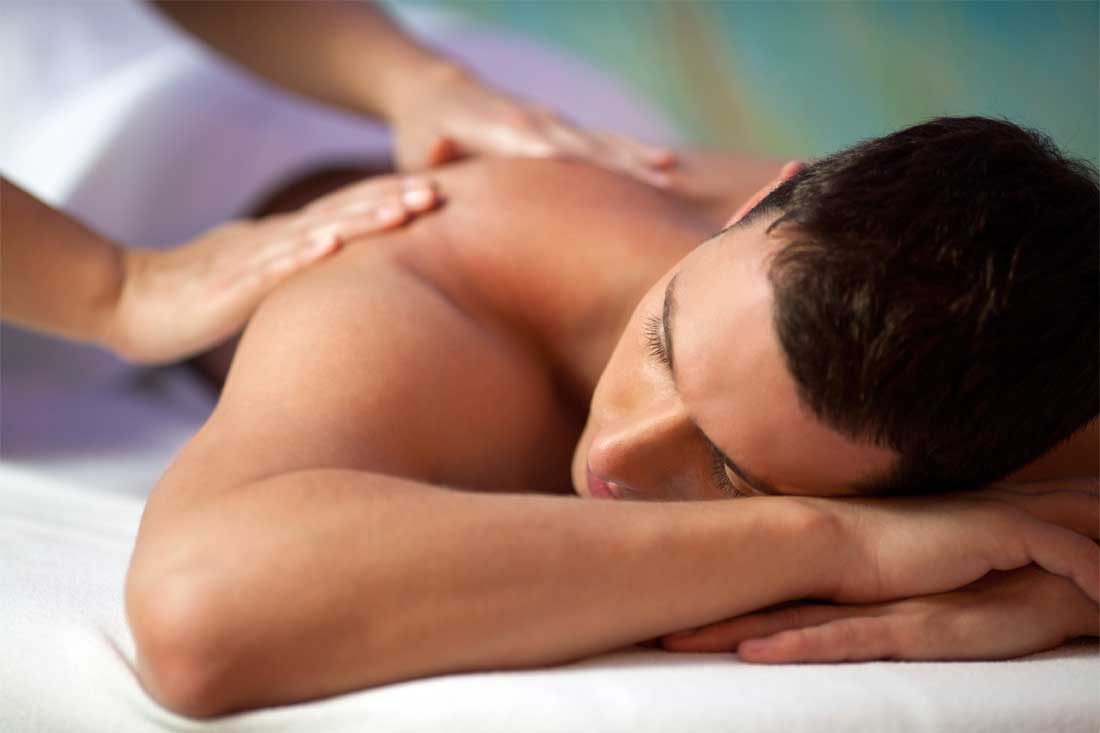Massage Reduces Cancer Symptoms and significantly improved cancer patients’ symptoms, such as pain, anxiety, nausea, fatigue and depression, according to a recent study.
“Massage Therapy for Symptom Control: Outcome Study at a Major Cancer Center” was conducted by staff of Memorial Sloan-Kettering Cancer Center (MSKCC) in New York City.
Three types of massage are available to patients at MSKCC: Swedish, light-touch and foot massage. Each massage lasts 20 minutes for inpatients and one hour for outpatients. Patients may request the massage themselves, or be referred by a health professional or family member.
How Massage Reduces Cancer?
As a “routine part of clinical management,” patients rate pain, fatigue, anxiety, nausea and depression before and 5-15 minutes after each massage. For this study, the symptom with the highest score was deemed the presenting symptom.
The study’s authors analyzed before-and-after data from the initial massage session of 1,290 cancer patients at MSKCC during a three-year period.
Swedish and foot massage were the most common interventions, with some patients receiving a combination of both massage reduces cancer. Anxiety was the most common presenting symptom of cancer patients, followed by pain and fatigue.
Data analysis revealed a 54-percent mean reduction of the presenting symptom following massage therapy. Specifically, anxiety was the symptom eased the most by massage therapy (60-percent reduction), and fatigue was the symptom eased the least (43 percent). Outpatients showed a 10-percent greater improvement in symptoms when compared to inpatients, perhaps due to the longer massage sessions the outpatients received.
“It is clear that massage therapy achieves major reductions in cancer patients’ pain, fatigue, nausea, anxiety and depression,” state the study’s authors.
Additional follow-up, beyond immediate post-session scores, involved 74 outpatients and 237 inpatients. Both inpatients and outpatients were assessed two to five hours after the massage. Outpatients were again assessed 24 hours and 48 hours after the massage.
Results of this extended follow-up showed that inpatients’ symptoms scores were about a half-point higher within hours of the massage. “This suggests that inpatient severity scores returned to baseline within a day or so,” state the study’s authors.
For outpatients, there was no regression toward baseline symptom scores throughout the follow-up period.
“Massage therapy appears to be an uncommonly non-invasive and inexpensive means of symptom control for patients with serious chronic illness,” state the study’s authors. “It is non-invasive, inexpensive, comforting, free of side effects and greatly appreciated by recipients.
– Source: Memorial Sloan-Kettering Cancer Center’s Integrative Medicine Service and Biostatistics Service, New York City. Authors: Barrie R. Cassileth, Ph.D.; and Andrew J. Vickers, Ph.D. Originally published in Journal of Pain and Symptom Management, September 2004, Vol. 28, No. 3, pp. 244-249.

